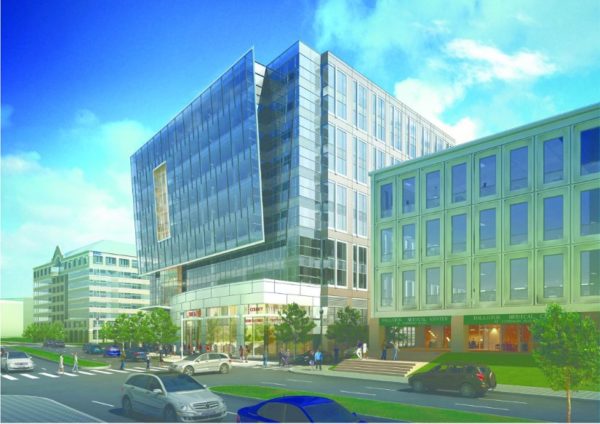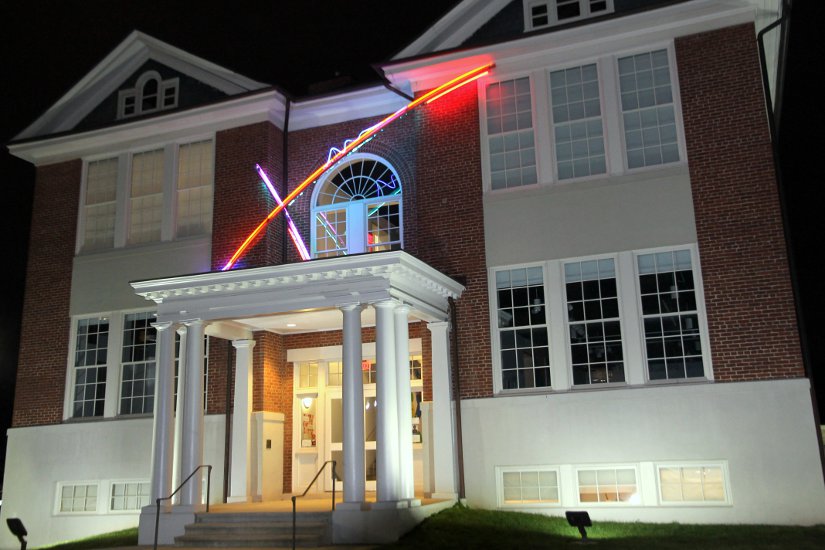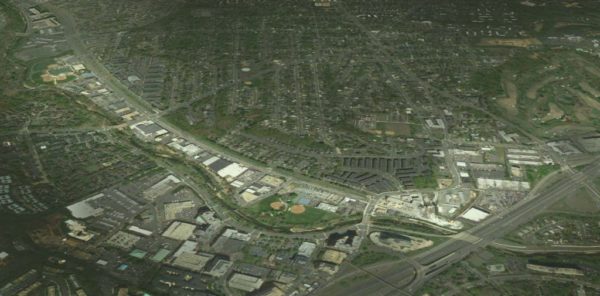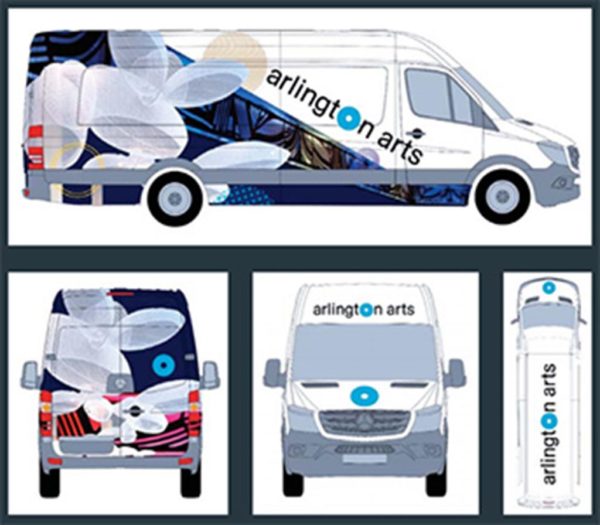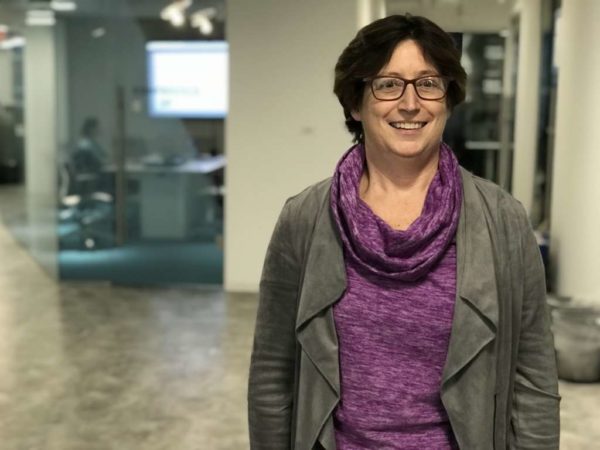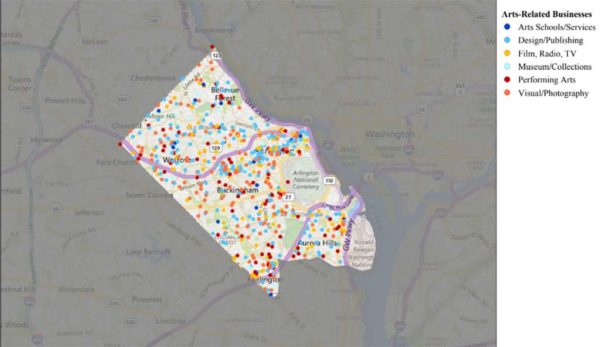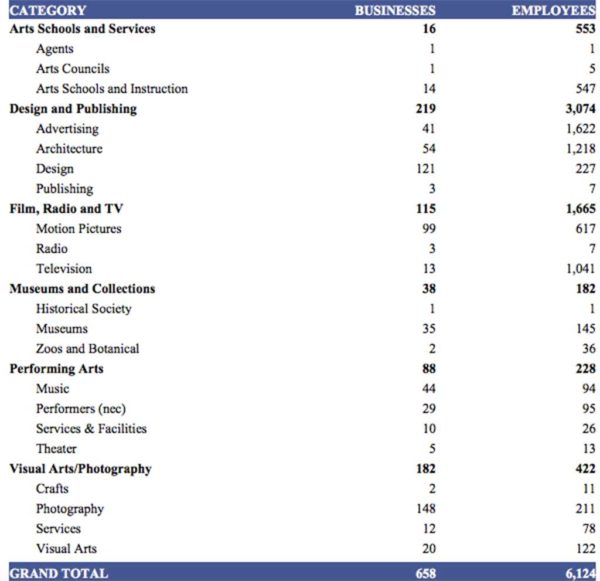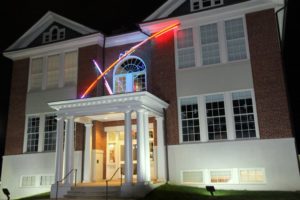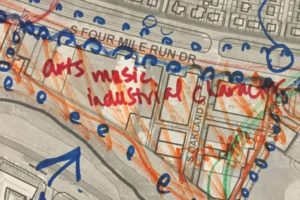A black box theater is expected to be formally removed from the plans for a development in Virginia Square at this weekend’s Arlington County Board meeting.
The County Manager’s office has recommended that a new site plan amendment be approved that would remove the theater from the development’s required community amenities.
Mark Schwartz, the County Manager, moved to absolve the developer of the black box theater requirement last year. Though the theater was in line with the Virginia Square sector plan, its initial operational and financial costs, as well as ongoing operational costs that would rely on tax support, were deemed too high.
Considering those costs, the project didn’t align with “a shift in strategy which talks about delivering cultural programming with low-cost, high-impact investments,” said Schwartz.
The new site plan will convert a previously approved 3,180 square feet of ground floor retail space into office space, 2,725 square feet of retail space to office space, and add 2,725 square feet of office space at the penthouse level.
The proposed plan would also lower the building’s height by eight feet, eliminate a mezzanine level, and add an outdoor terrace at the penthouse level.
The mezzanine level is no longer necessary, as it was intended to support the black box theater. County staff found that “the proposed site plan amendments are reasonable adjustments in the approved site plan and respond to the removal of the black box theater.”
The site was previously home of the Arlington Funeral Home, which closed in 2011 after 55 years in business.


